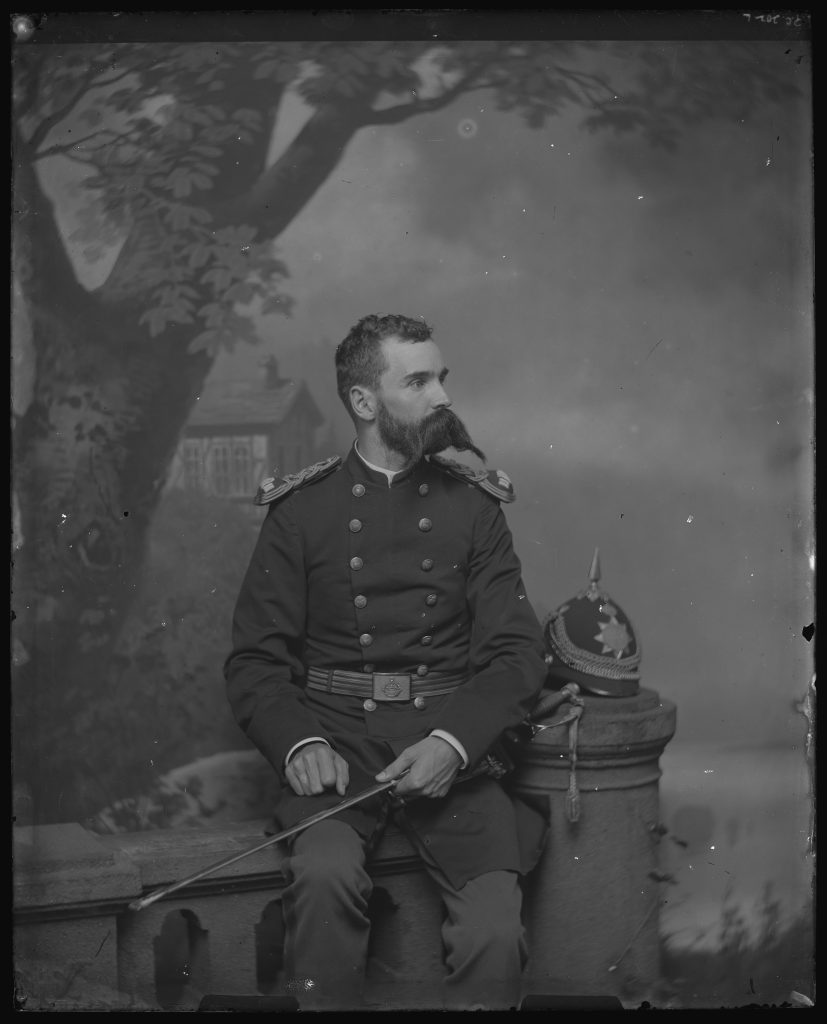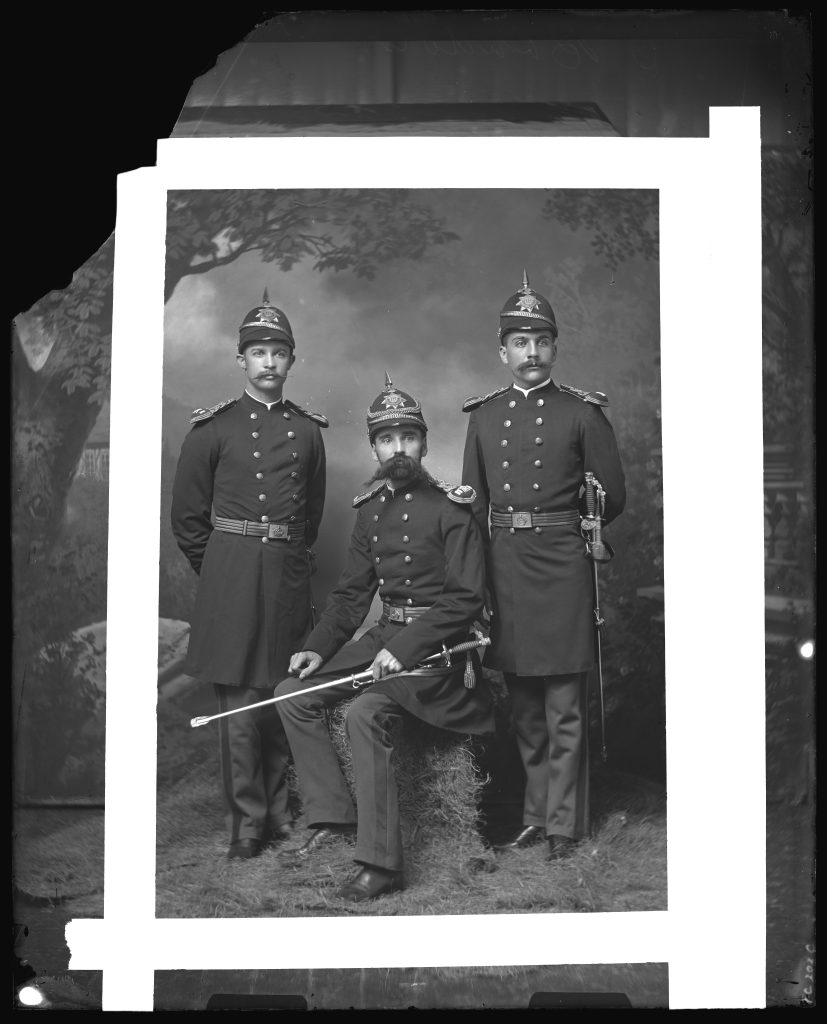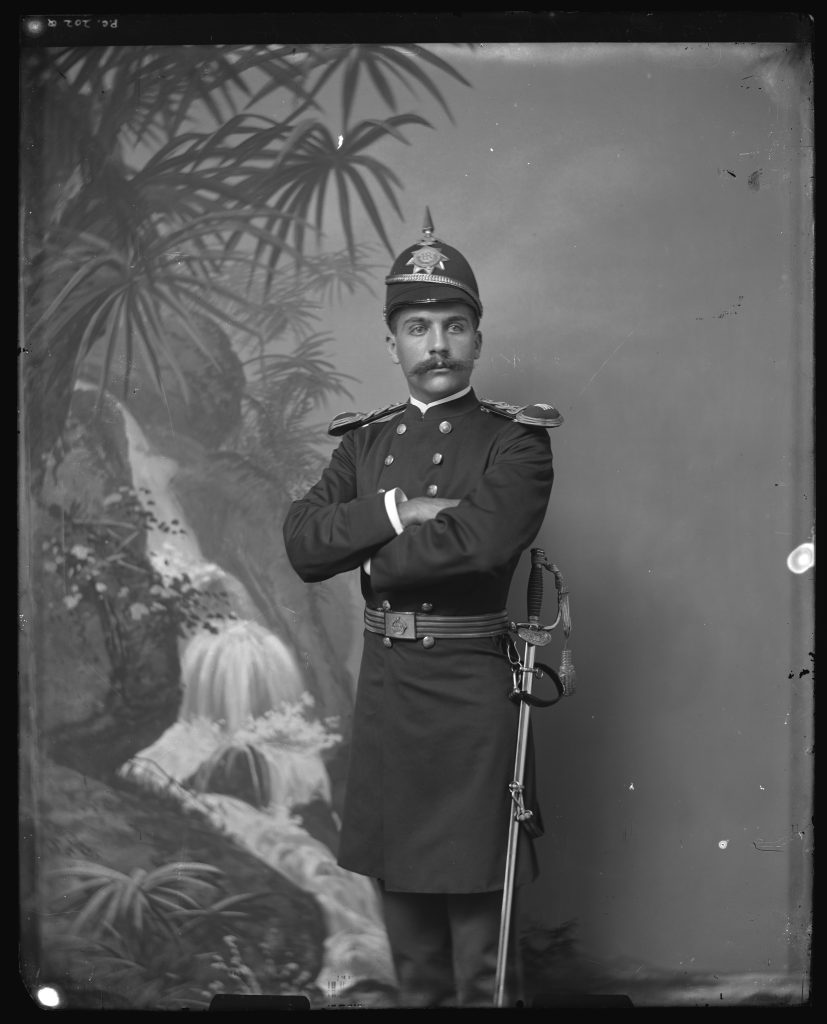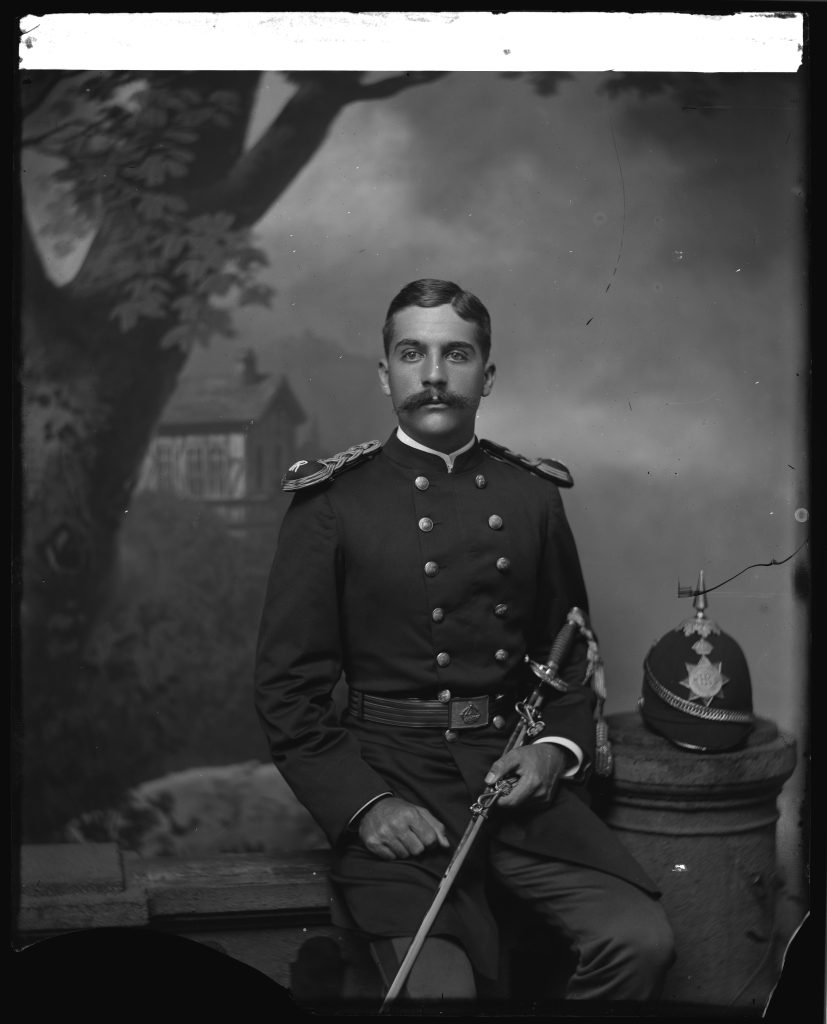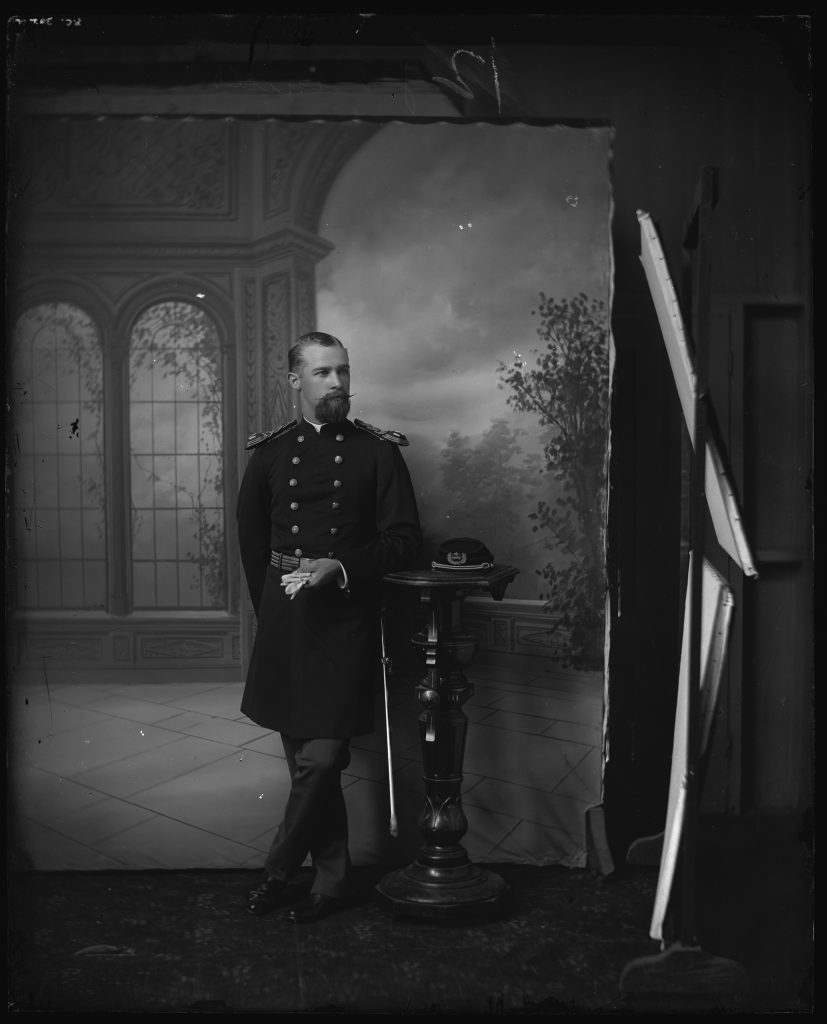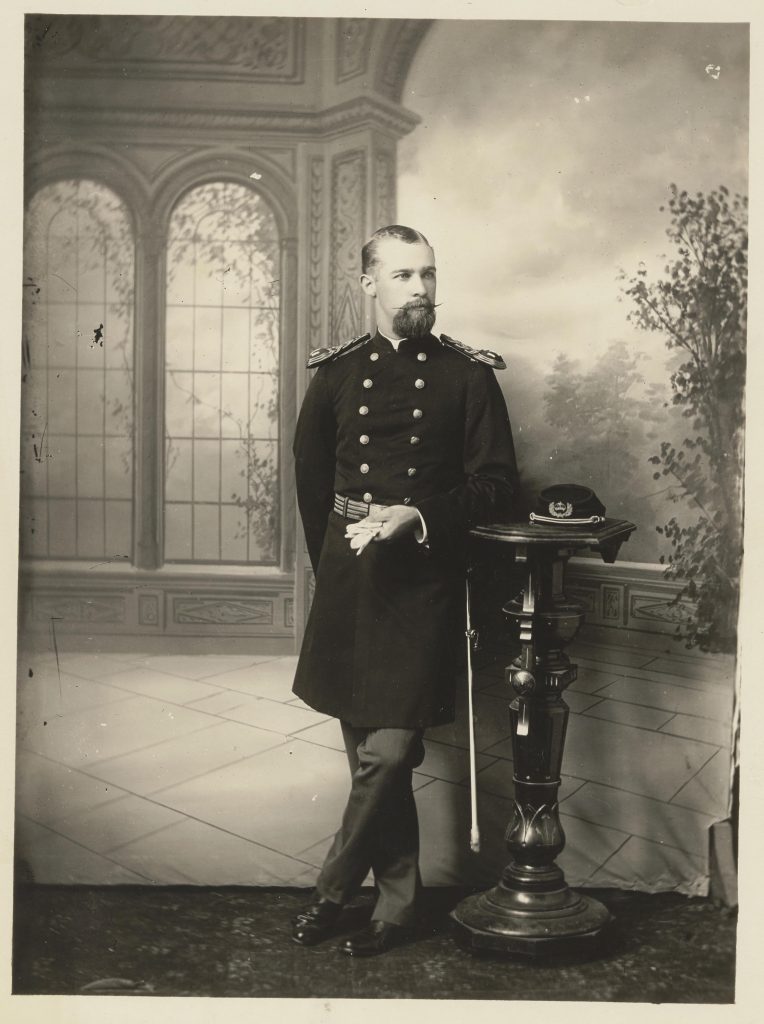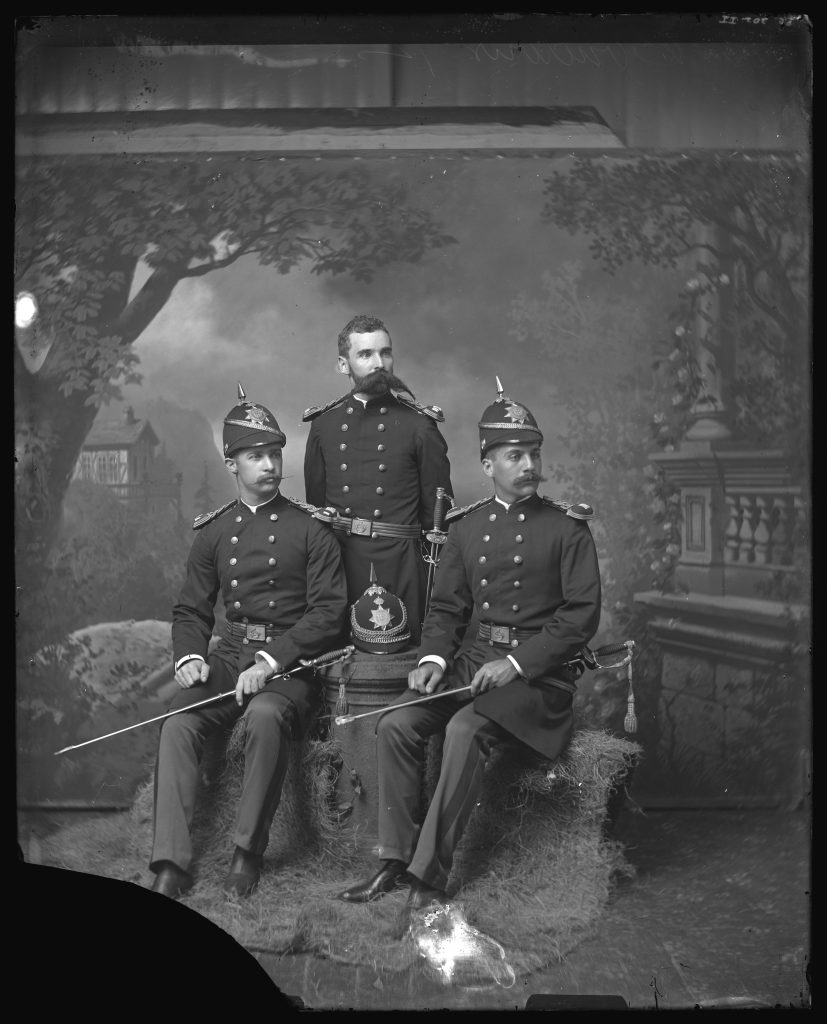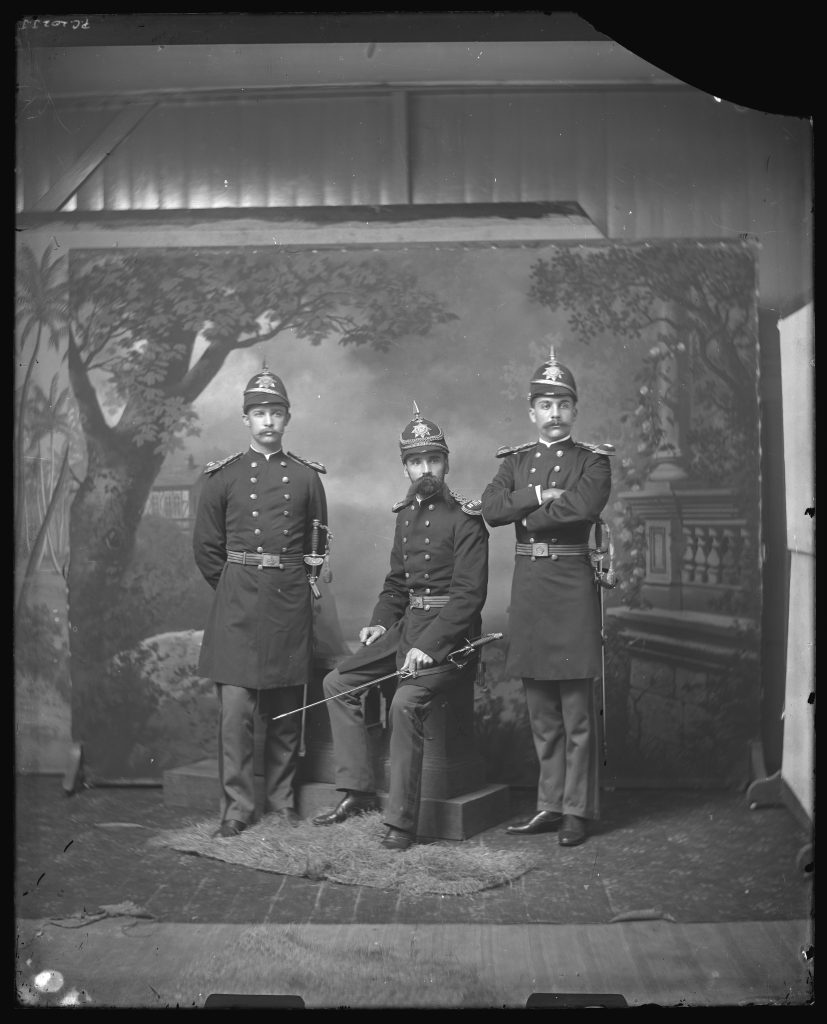1857 – 1890 Honolulu Rifles
28 FEB 1857 – 12 SEP 1873
The men who had belonged to the 1st Hawaiian Guard decided that the only way they had of insuring their own safety was to form a new volunteer company. During the early part of 1857 subscriptions were taken from prominent men in Honolulu to help finance the new company. Kamehameha IV headed the list with a donation of one hundred dollars. On February 28, 1857, a meeting was held over the market and it was decided that a volunteer company of infantry, known as the Honolulu Rifles, would be established:
“for the purpose of defending the property of the town, both public and private, together with the Hves of its citizens, against lawless mobs and disturbers of the peace, composed of seamen or others resorting to this port.”
A constitution was drawn up and an election of officers held. Richard Coady became Captain in command of the company; J. H. Brown, 1st Lieutenant; J. H. Wood, 2nd Lieutenant; and John Ritson, 3rd Lieutenant. By the constitution the membership in the “Rifles” was to be limited to seventyfive. New members and officers were to be elected by popular vote of the entire company. By the end of March enlistment was completed and uniforms and arms had been ordered with the money provided by popular subscription. The uniform” selected was grey, with black trimmings for the enlisted personnel and gilt trimmings for the officers. The hat was of black felt, with a plume similar to those worn by the Russian Rifles, and the arms were the most modern obtainable, being of the type used by the Russians during the Crimean War. A number of musical instruments were also purchased and a fife and drum corps started. The Honolulu Rifles met twice a week and drilled in the large room above the market. The Rifles soon became a fashionable organization and only the socially accepted were allowed to join.
– History of the Hawaii National Guard pp. 16
King Kamehameha V died in 1872 without heir and without having named a successor to the throne. Prince Lunalilo announced that he was the highest chief and should become king. David Kalakaua denied his claims, but was unable to prevent the legislature from electing Lunalilo king in 1873. It is not known to what extent Kalakaua was implicated in the matter, but Lunalilo became suspicious of the loyalty and intentions of the Household Troops.” In the early part of September, 1873, a riot occurred at the Barracks and the soldiers got out of hand. Fearing for his own safety, Lunalilo disbanded the entire regular force, with the exception of the Band, on September 12, 1873, and made no attempt to organize a new guard. Several days later he also disbanded the Honolulu Rifles and the Leleiohoku Guard.
– History of the Hawaii National Guard pp. 17
1883 – AUG 1890
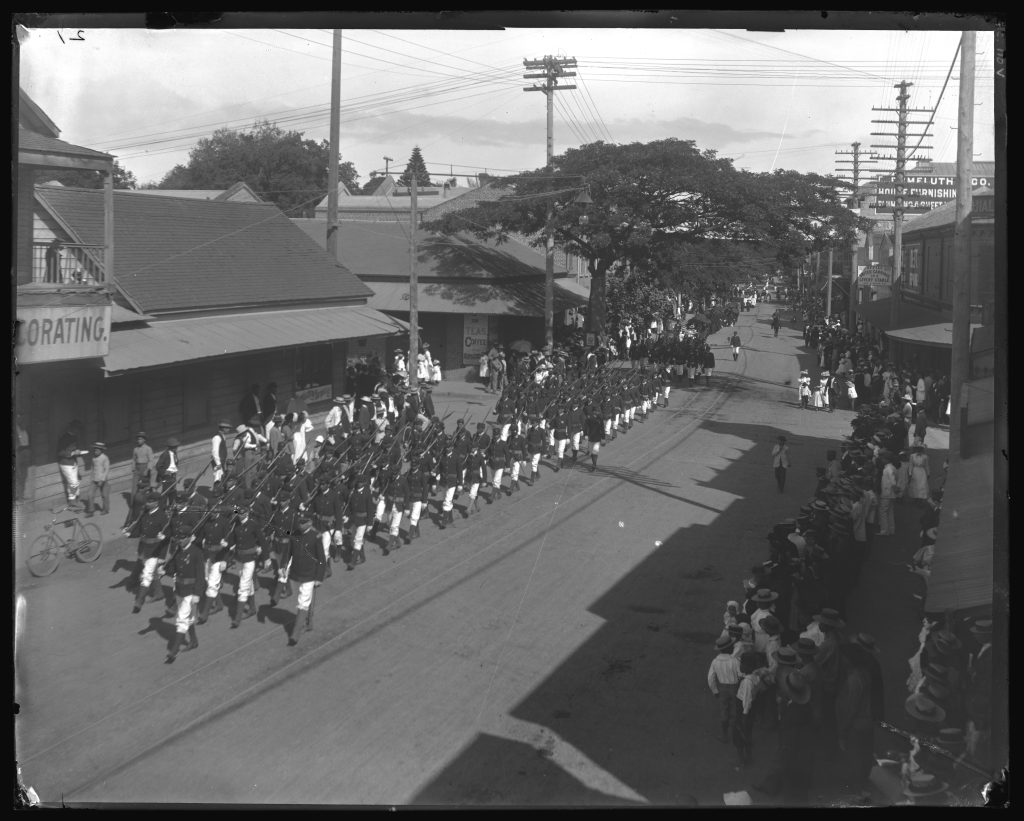
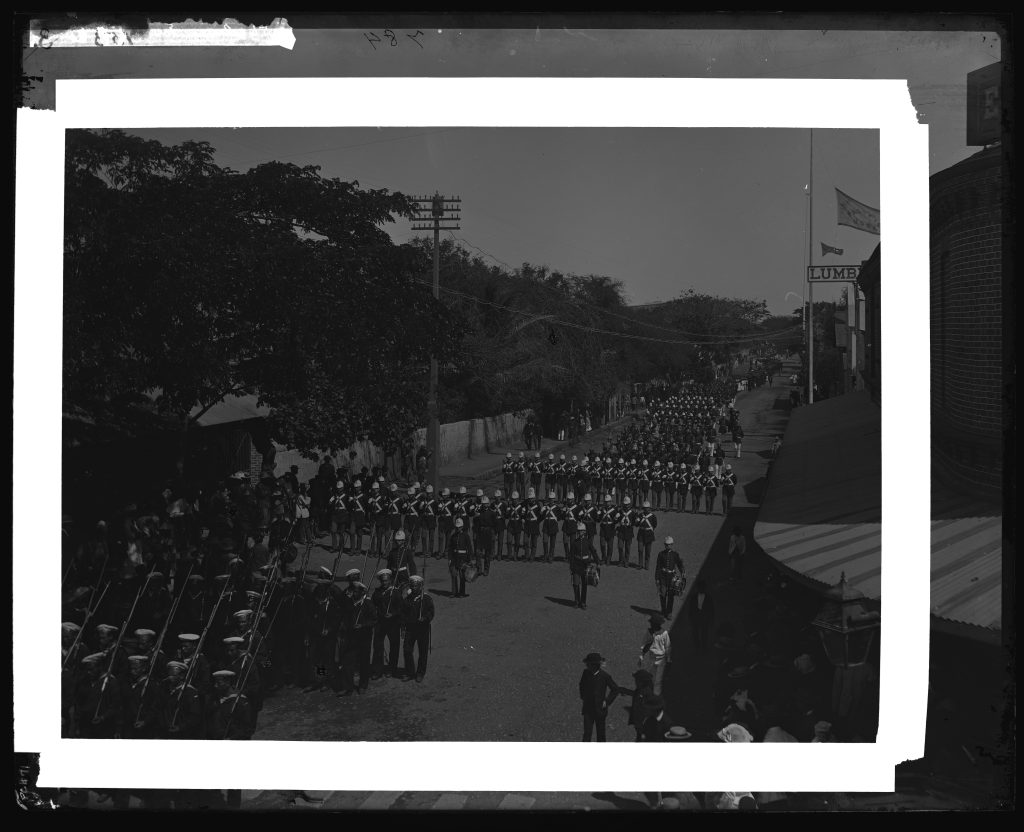
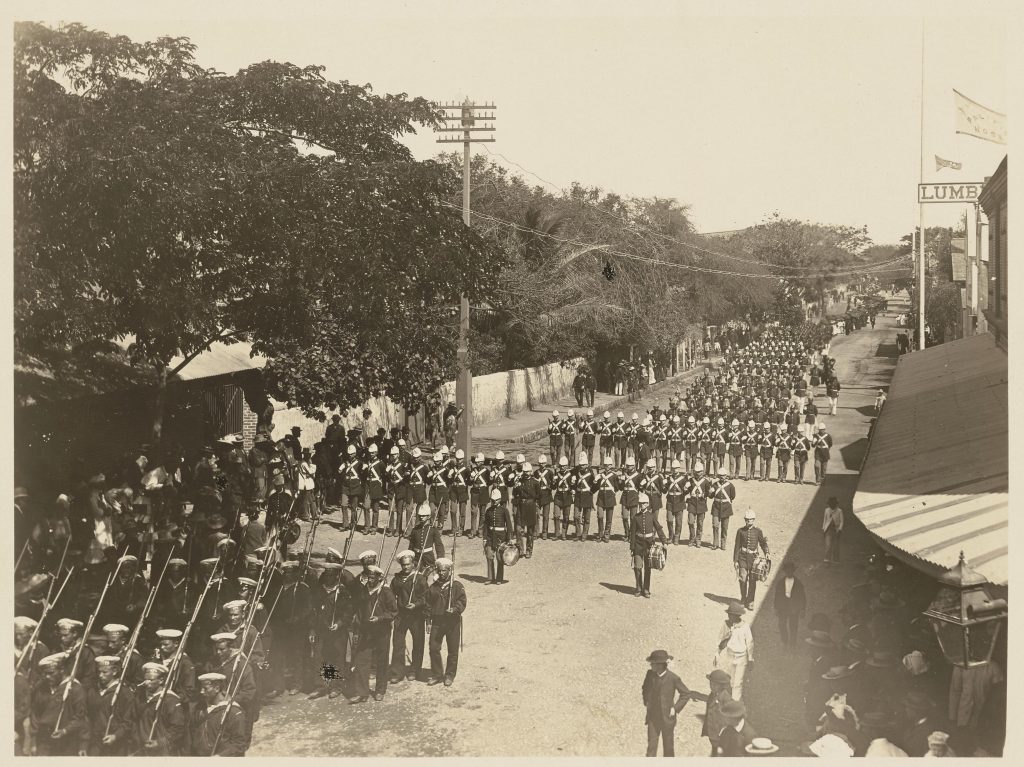
Fortunately, no serious disturbance took place during the early part of Kalakaua’s reign, as the army failed to show signs of improvement. In 1883, however, the old Honolulu Rifles were revived. Two companies known as the Hawaiian Guard had been formed to take the place of the “Rifles” when they were disbanded in 1873, but had never been prominent and soon went out of existence. By 1883 political conditions in the Hawaiian Islands were rapidly reaching a crisis, and many of the white residents felt that a military organization such as the Honolulu Rifles was needed for their own protection. Consequently, some fifty men were enlisted and the “Rifles” revived. They were armed and uniformed with new equipment, purchased from donations given the company by interested business men. William H. Aldrich was elected Captain of the company; J. H. Fisher became 1st Lieutenant; and George McLeod, 2nd Lieutenant. These last two men were destined to become important figures in later Hawaiian military history. The Honolulu Rifles drilled regularly, held target practice and in general conducted themselves in a military manner, so that when trouble came they were prepared.
– History of the Hawaii National Guard pp. 19
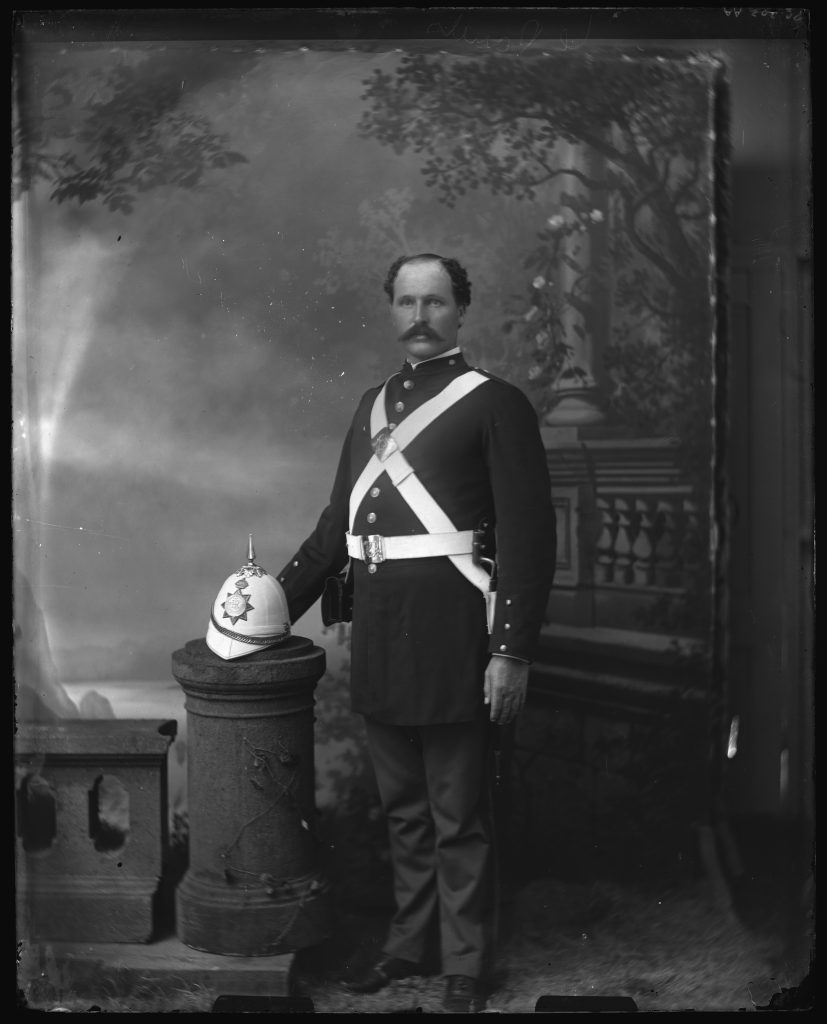
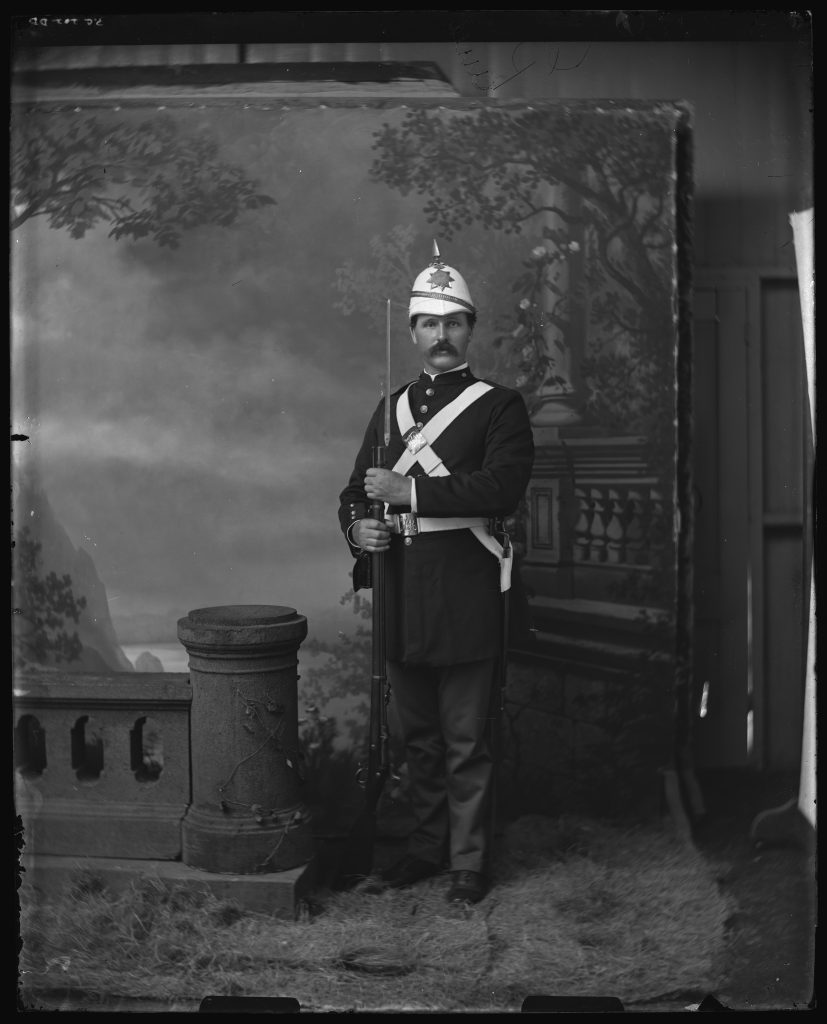

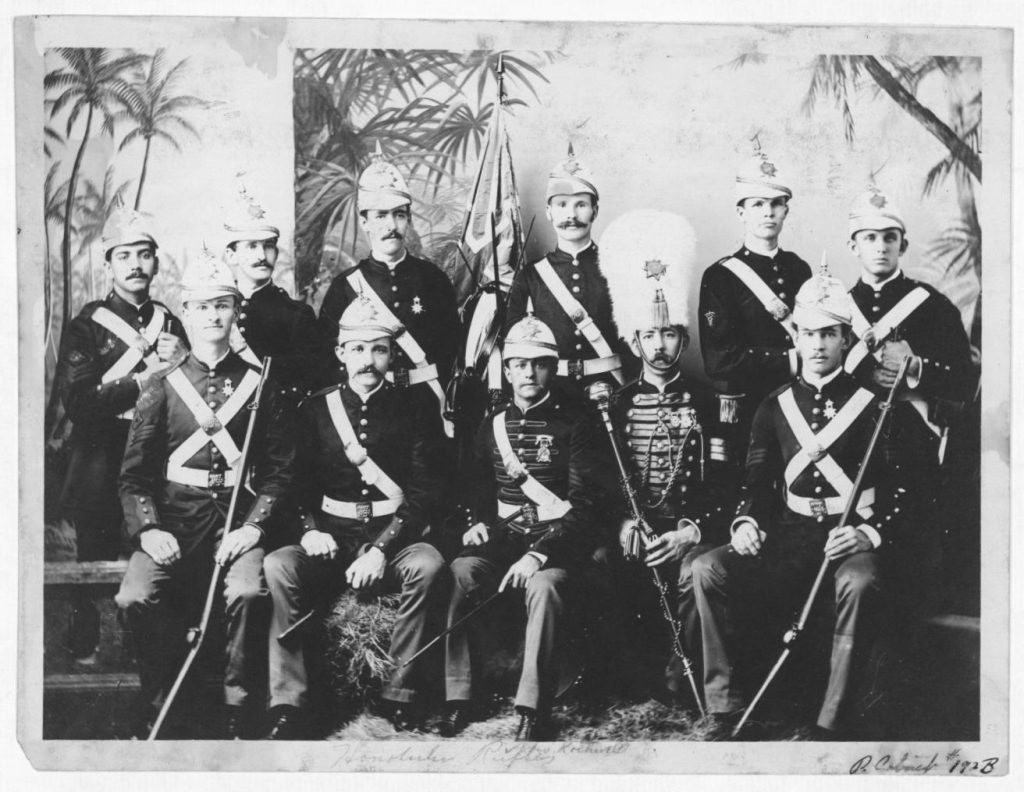
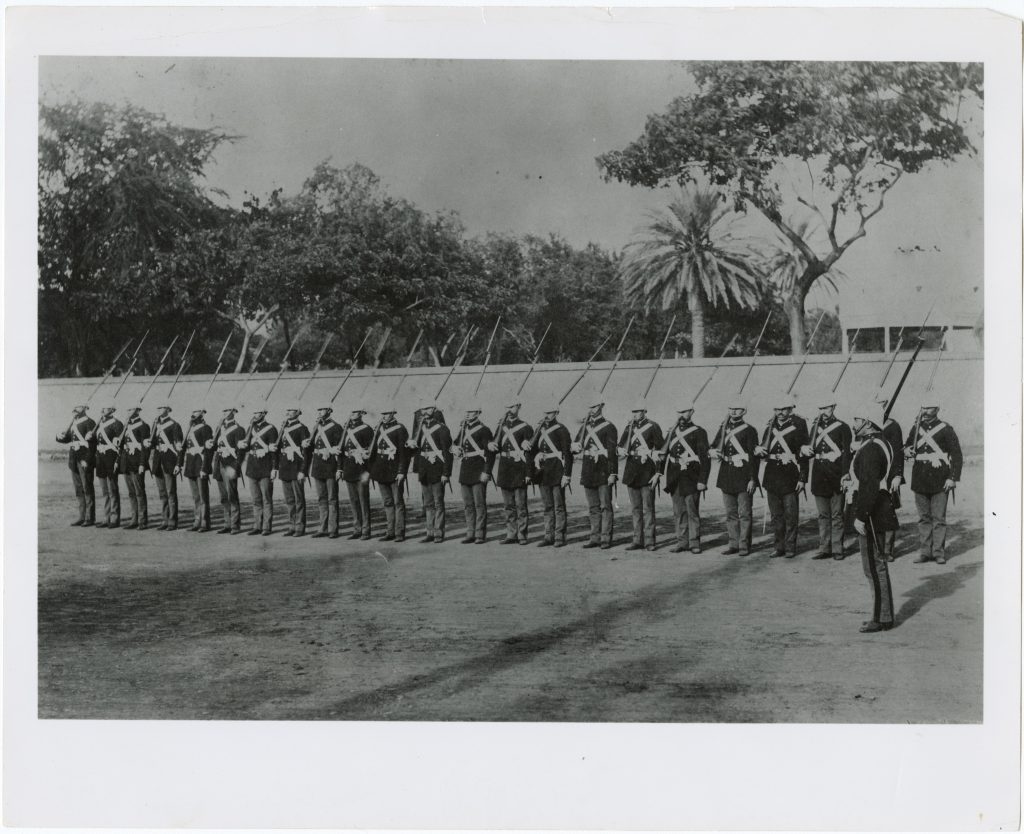
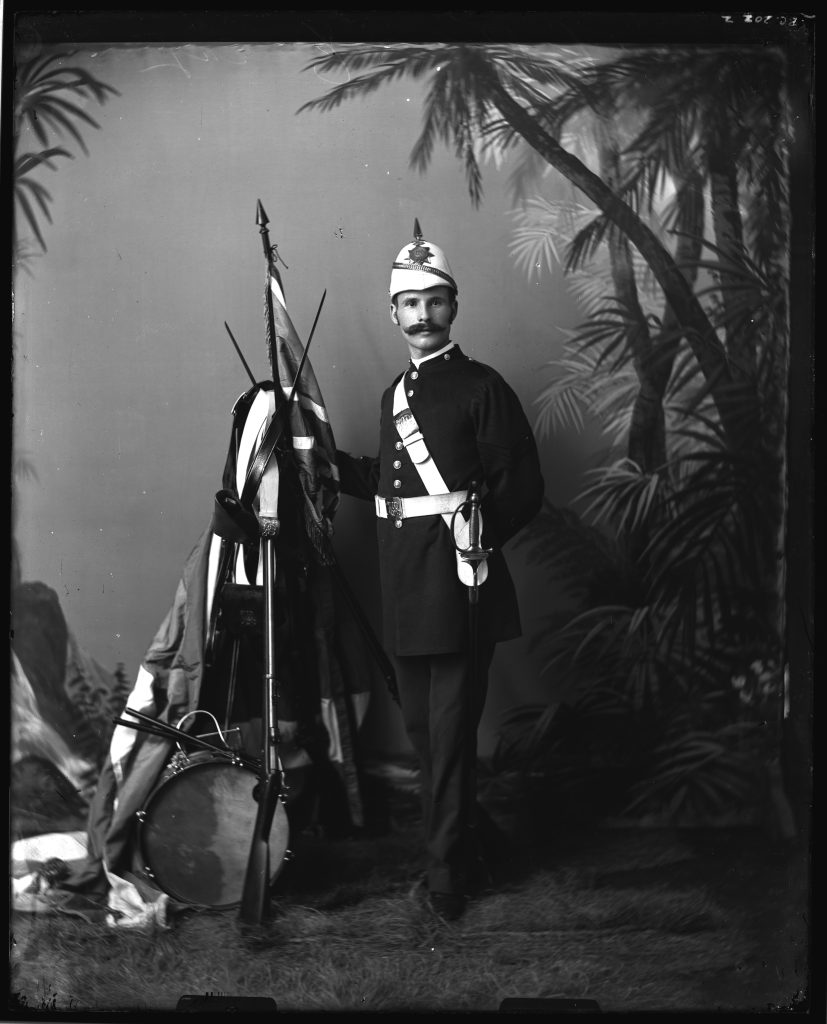
Robert Wilcox was keenly disappointed over his failure and felt so bitter towards the Honolulu Rifles that he used his influence with the native element to force the legislature to pass an act disbanding the “Rifles” in August of the following year. They never completely lost their organiza tion, however, as was later shown in the Revolution of 1893.
– History of the Hawaii National Guard pp. 24
Field and Staff of the Battalion

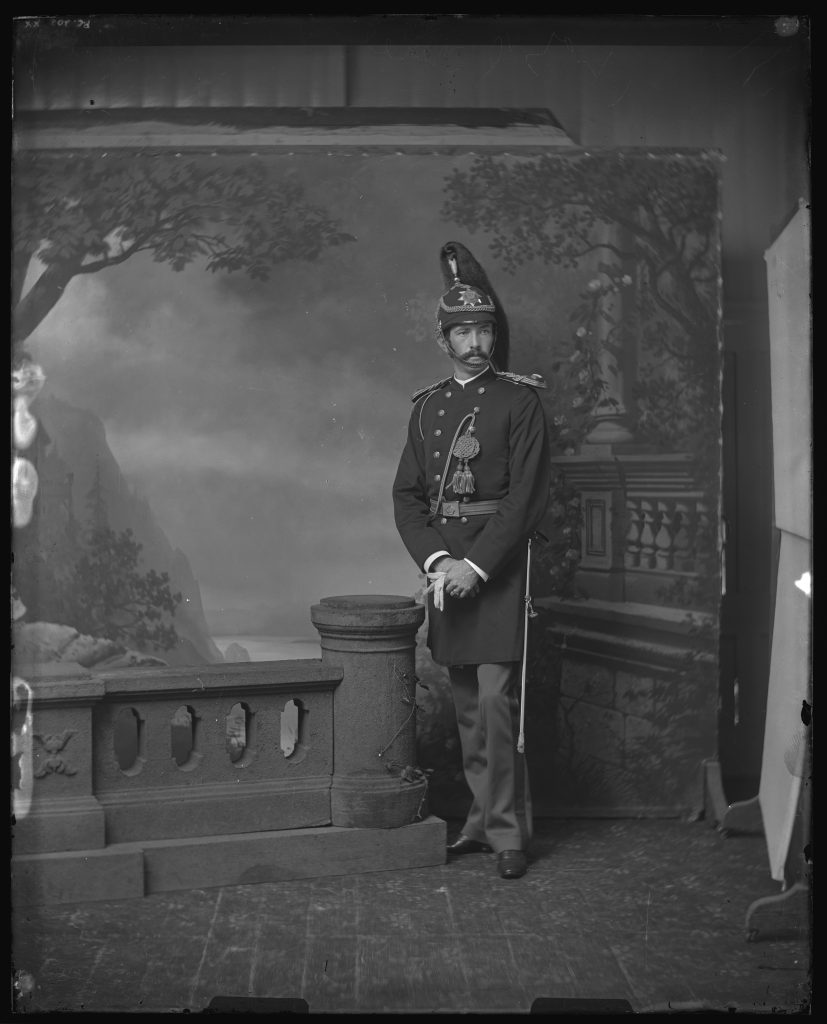
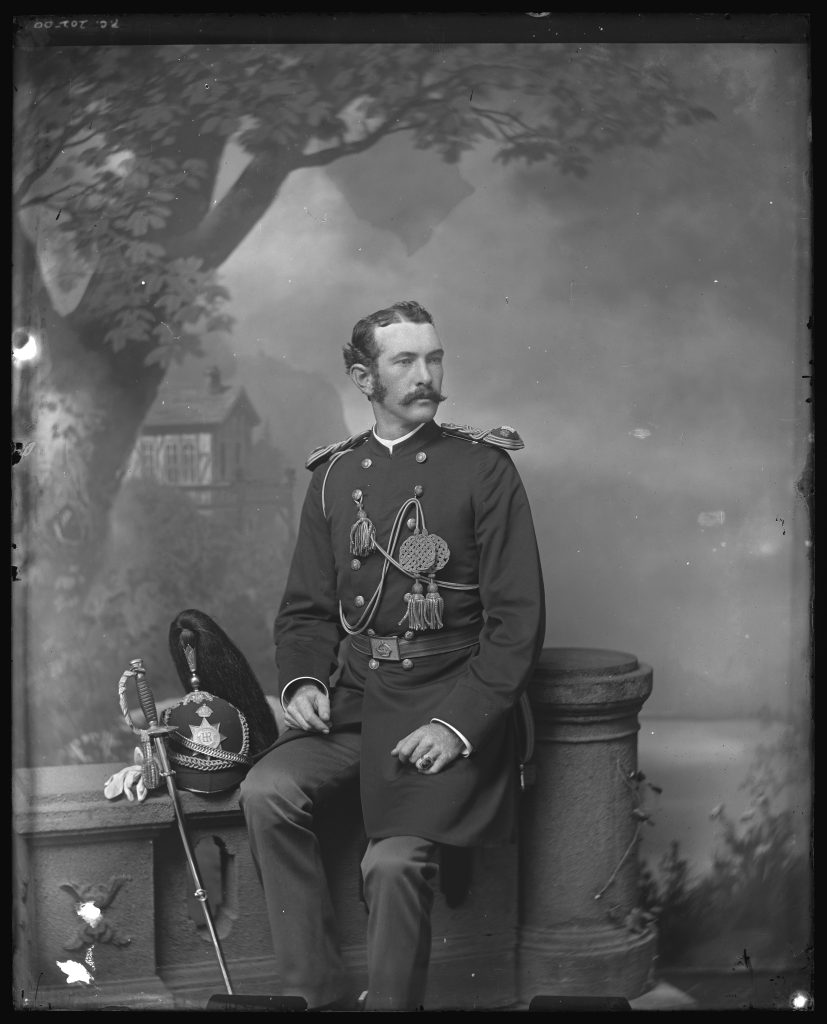

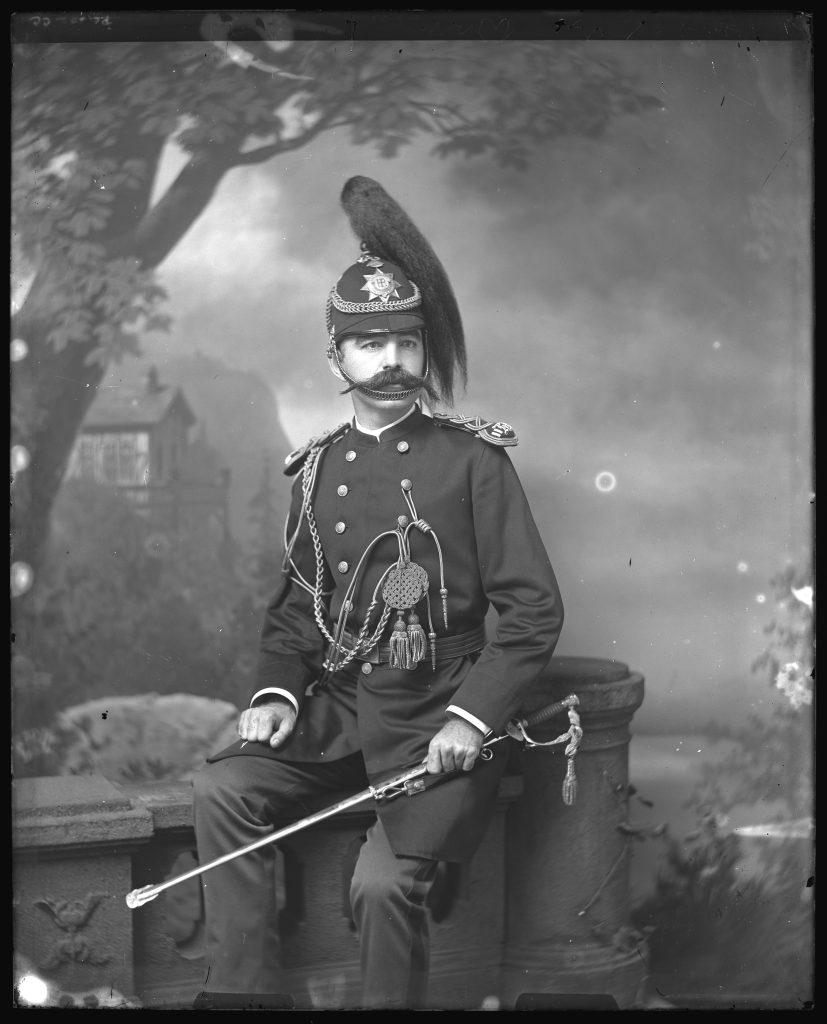
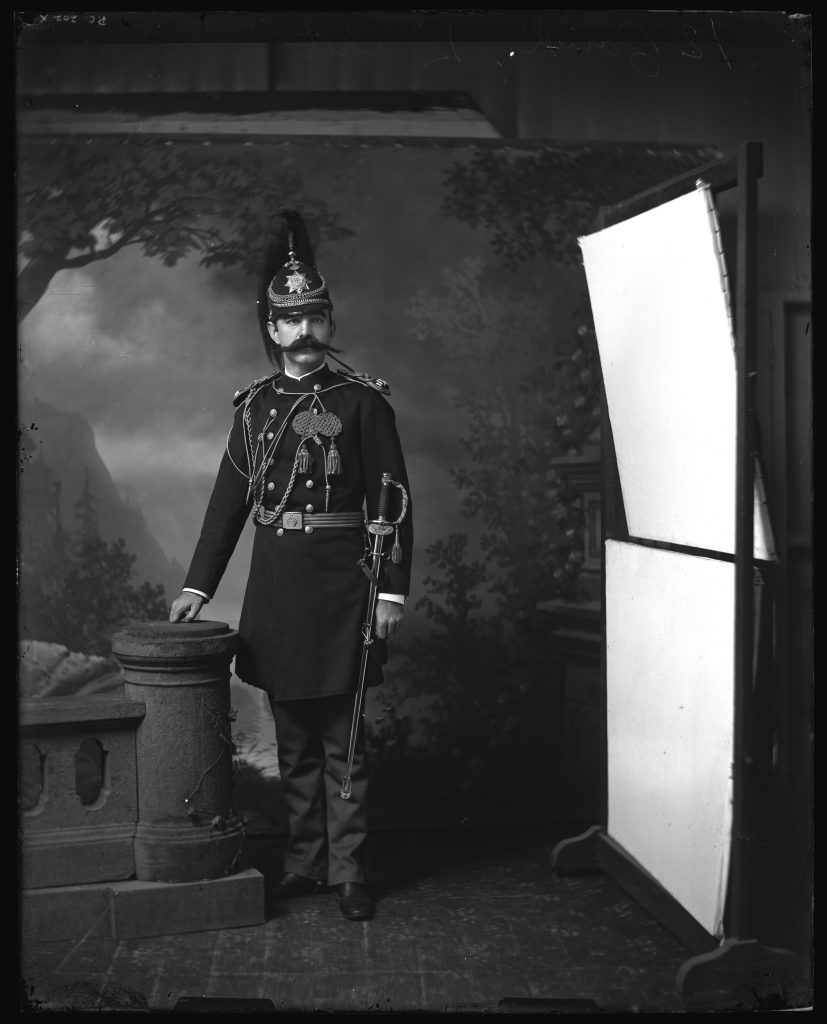
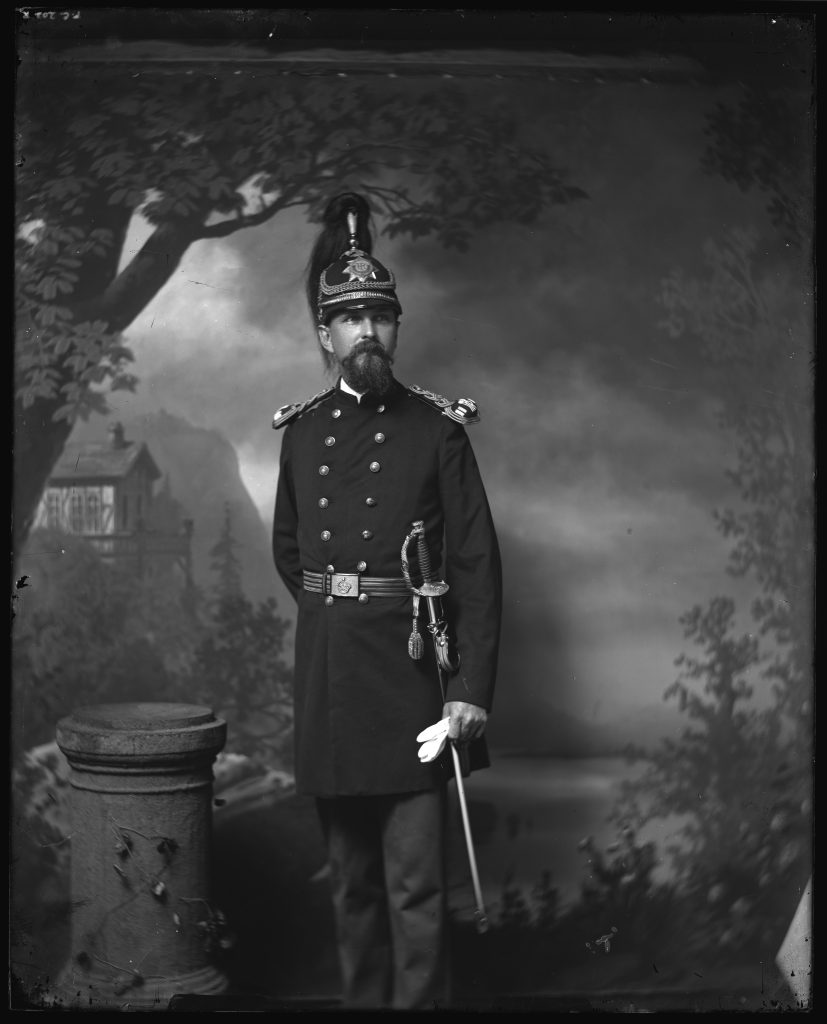
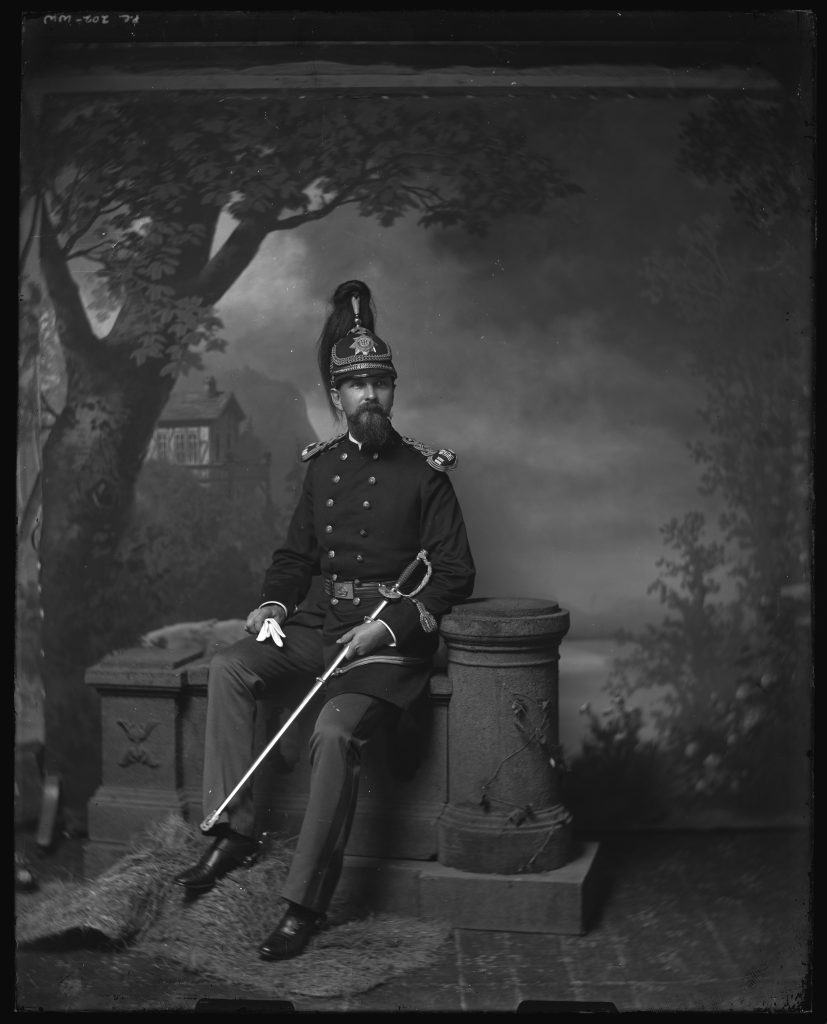

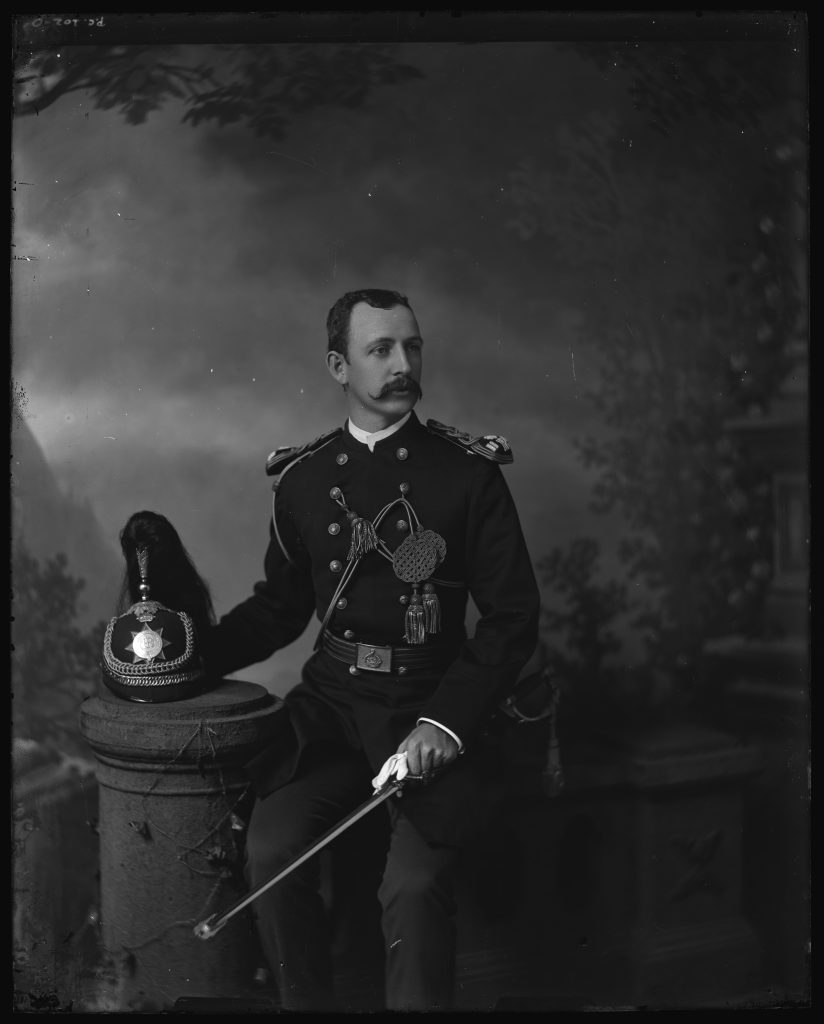
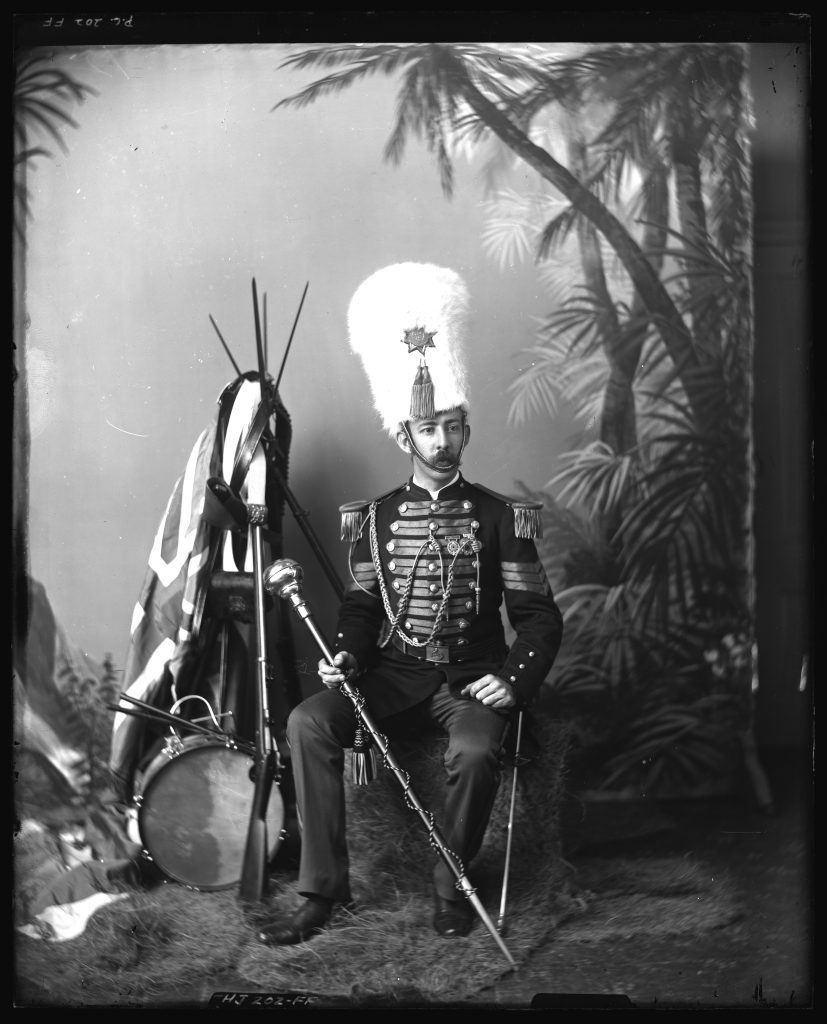
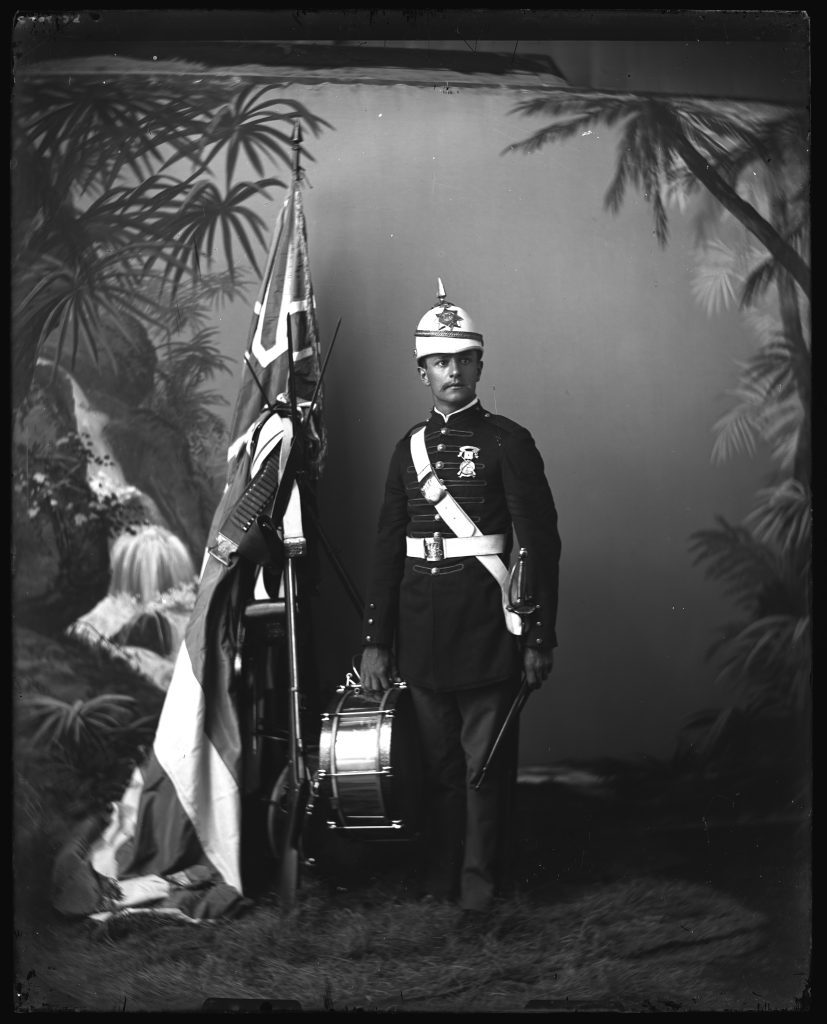


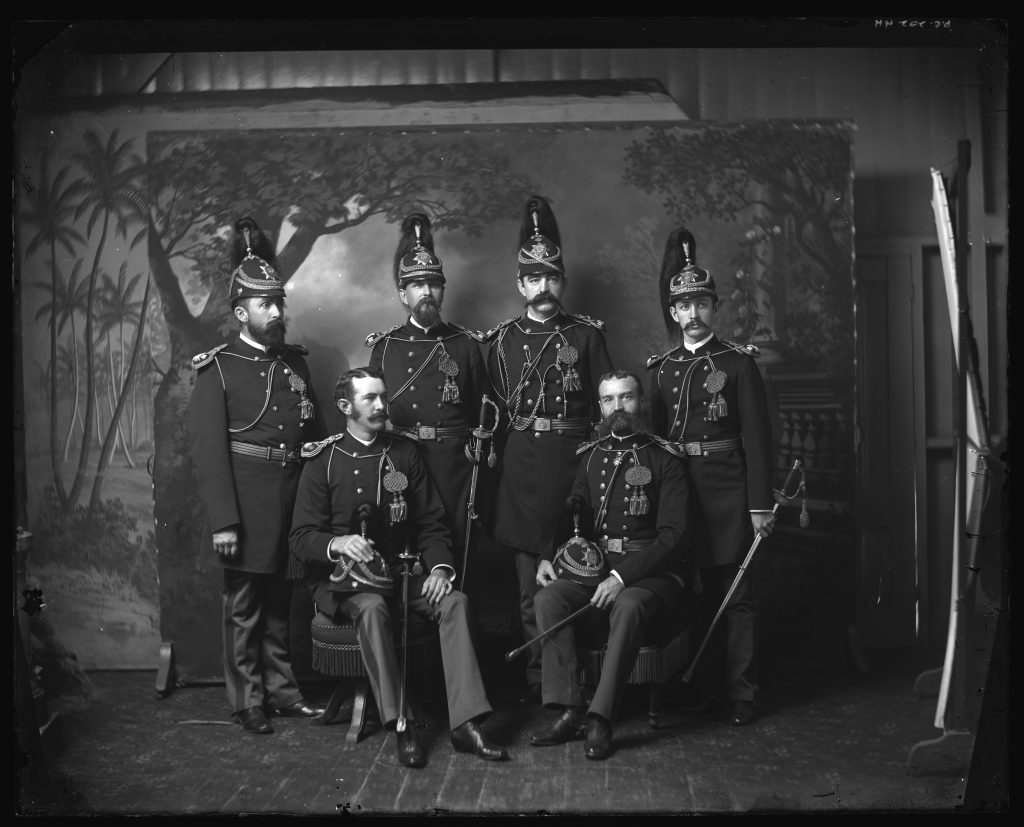
Company A
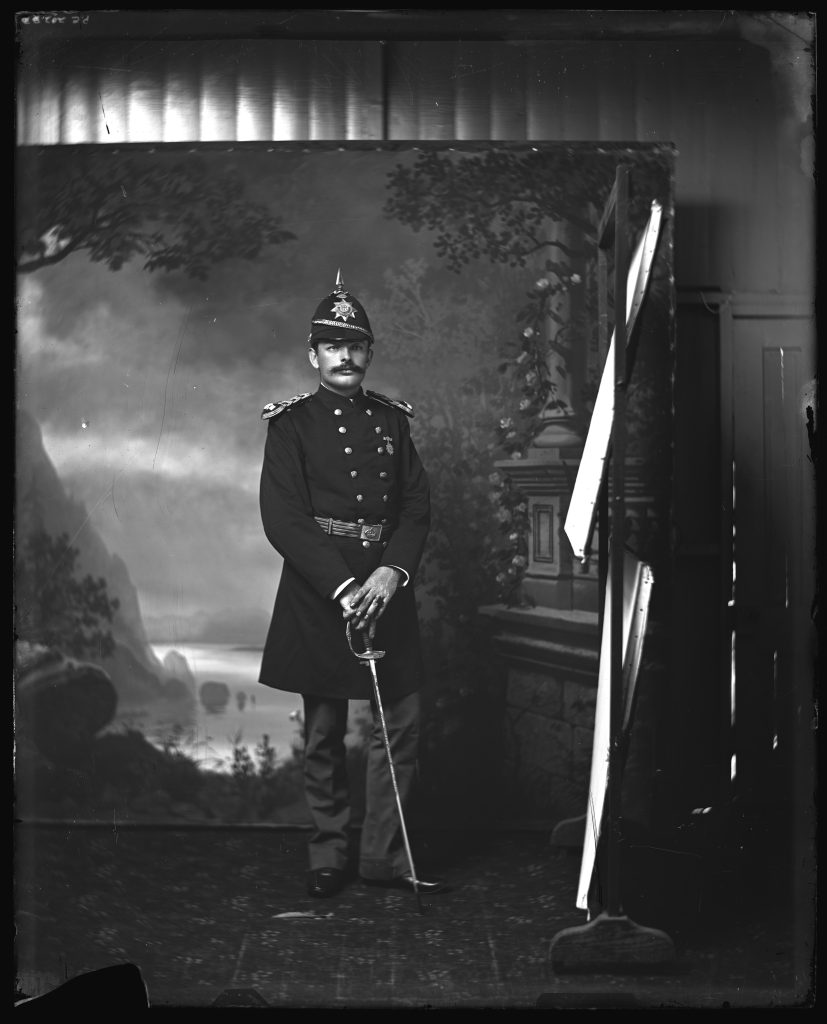
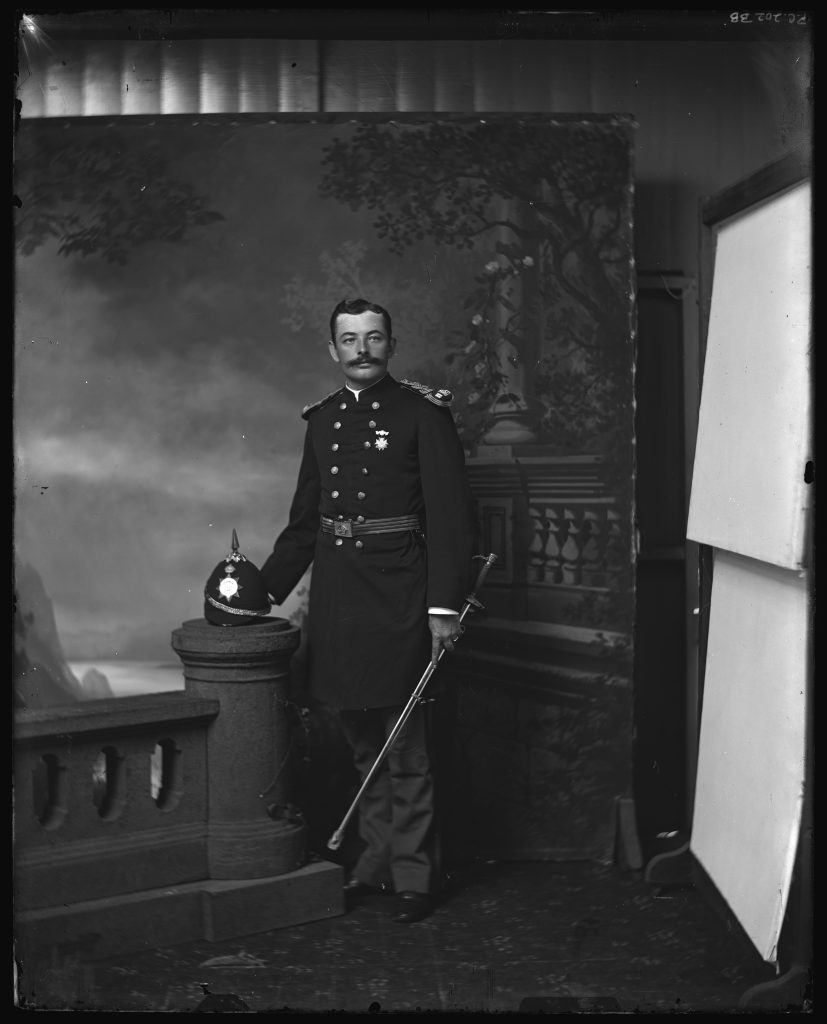
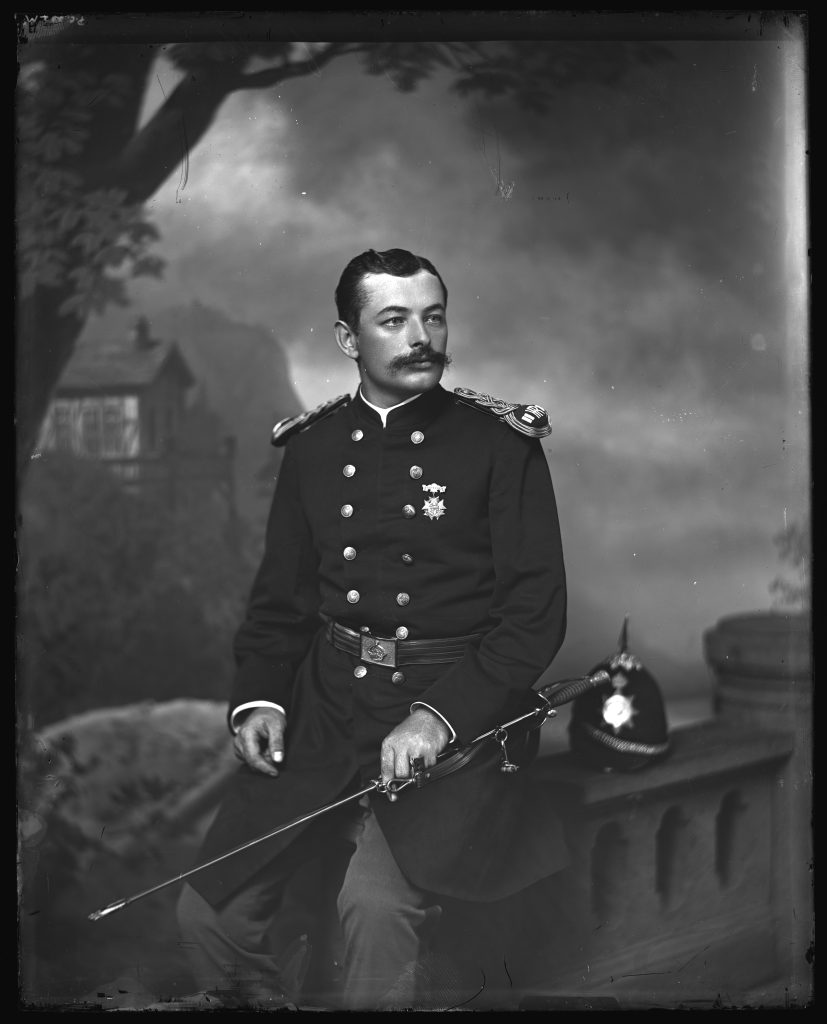
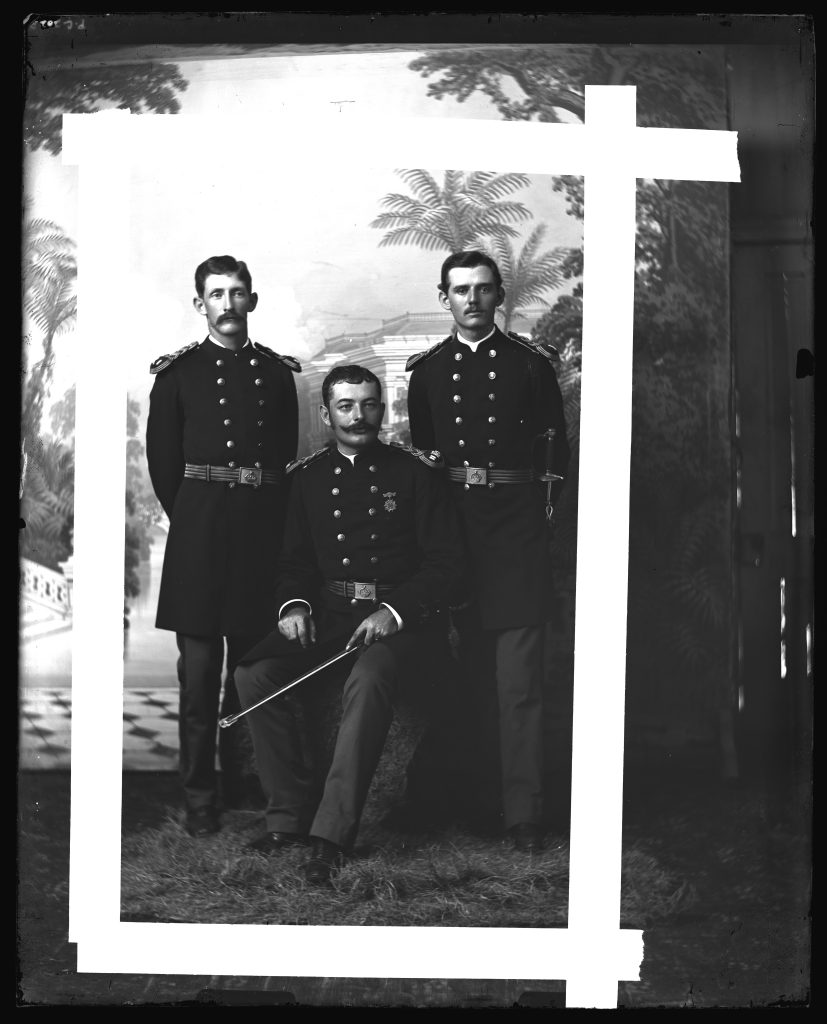
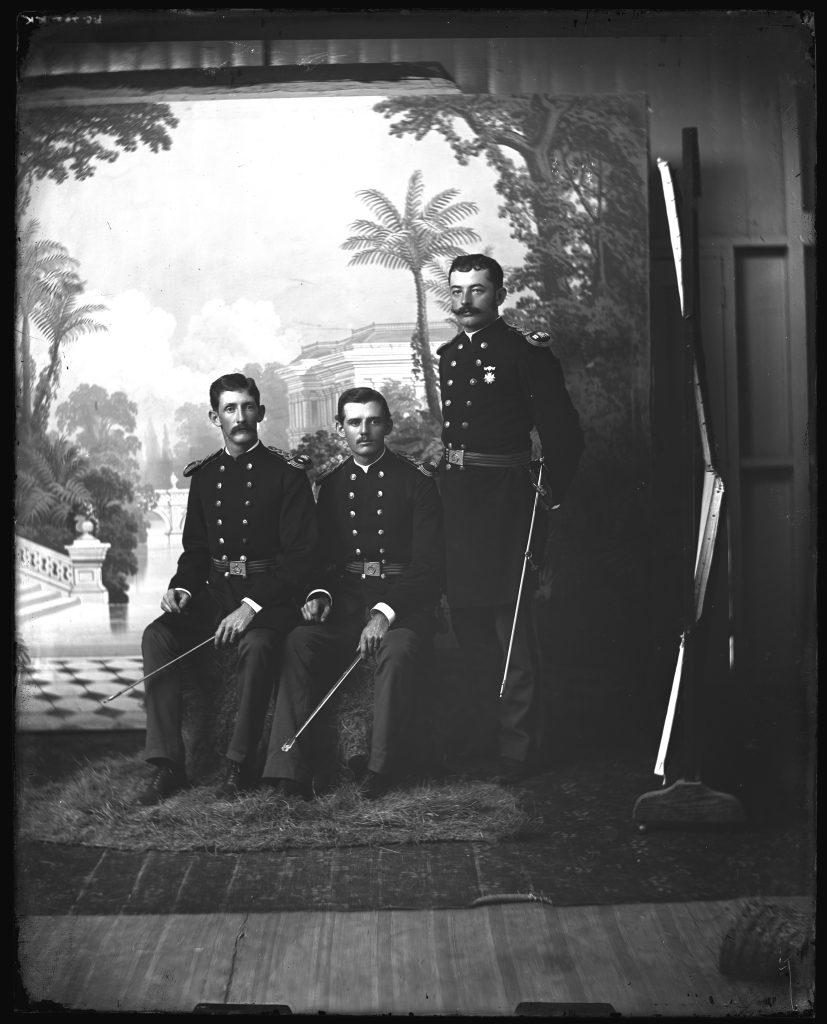
Company B
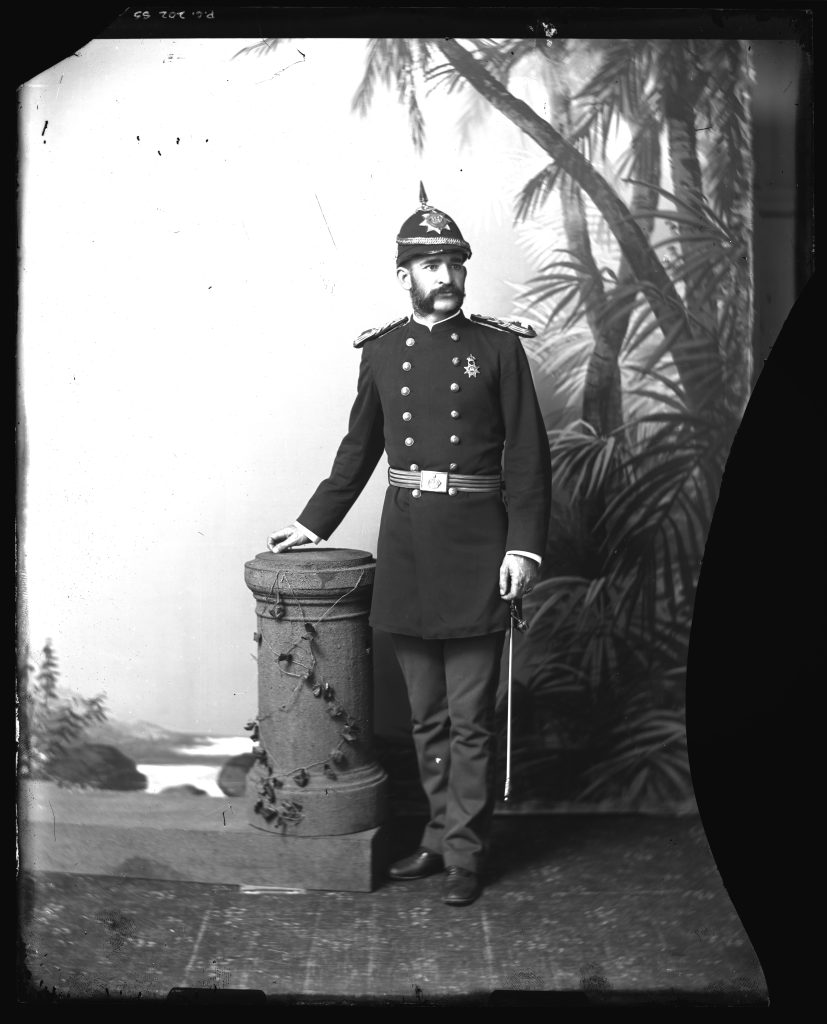
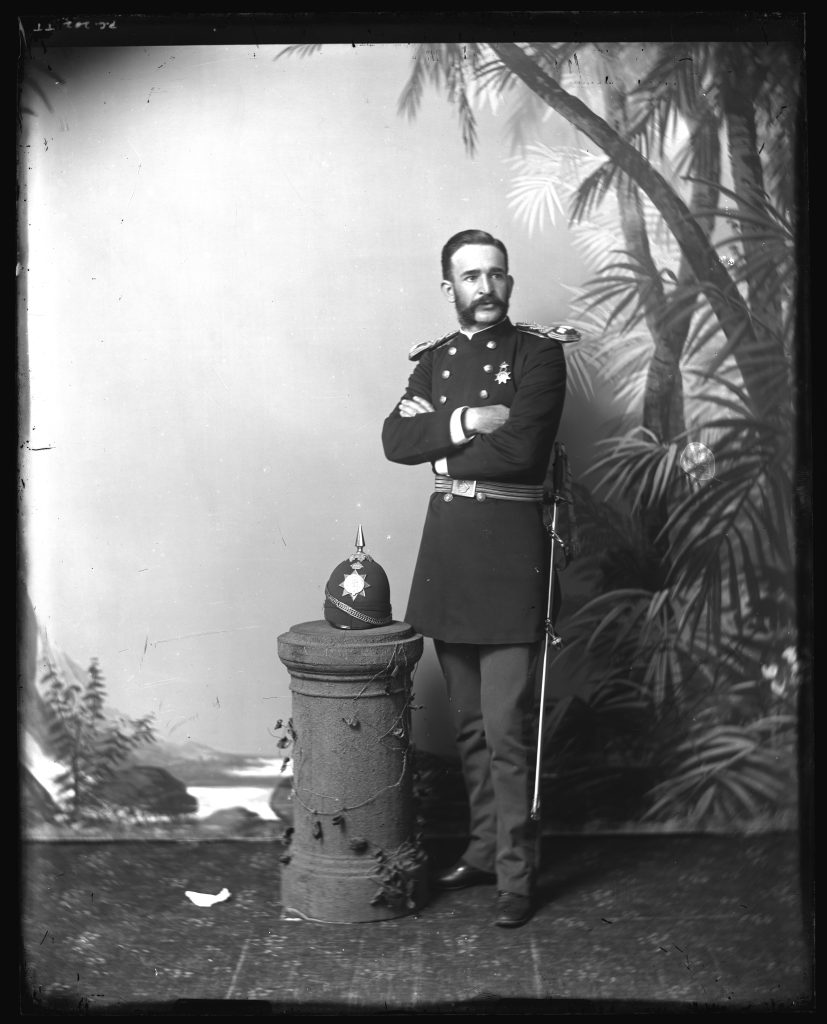
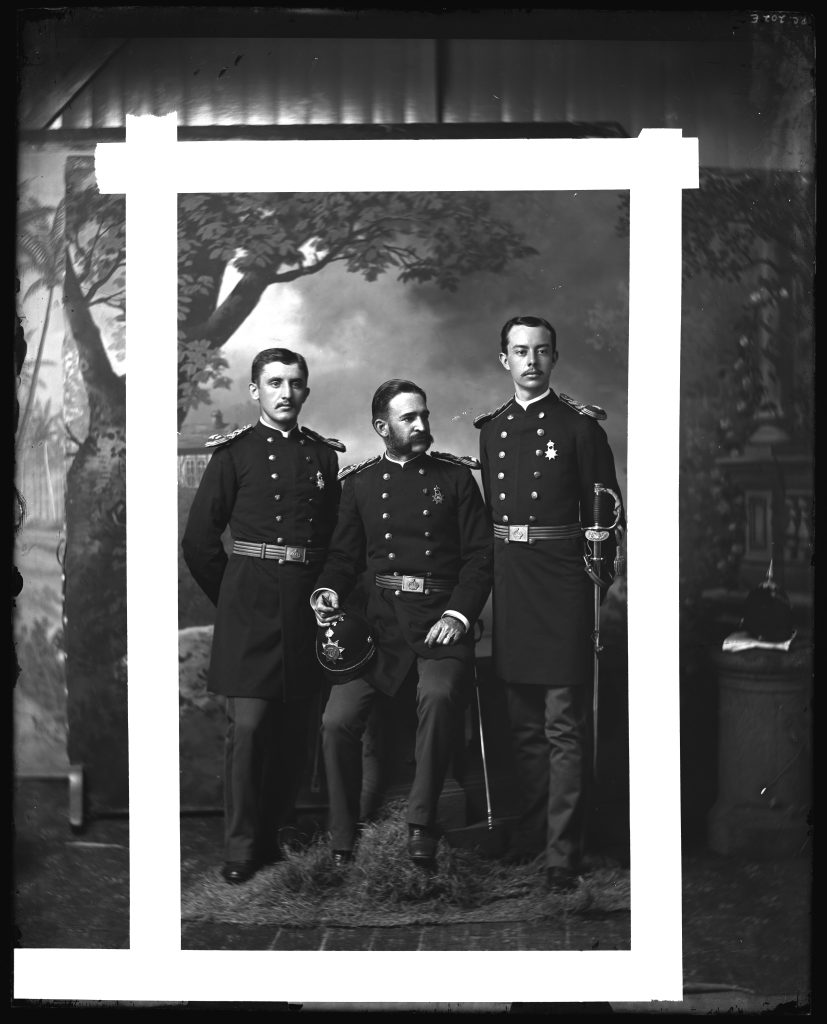
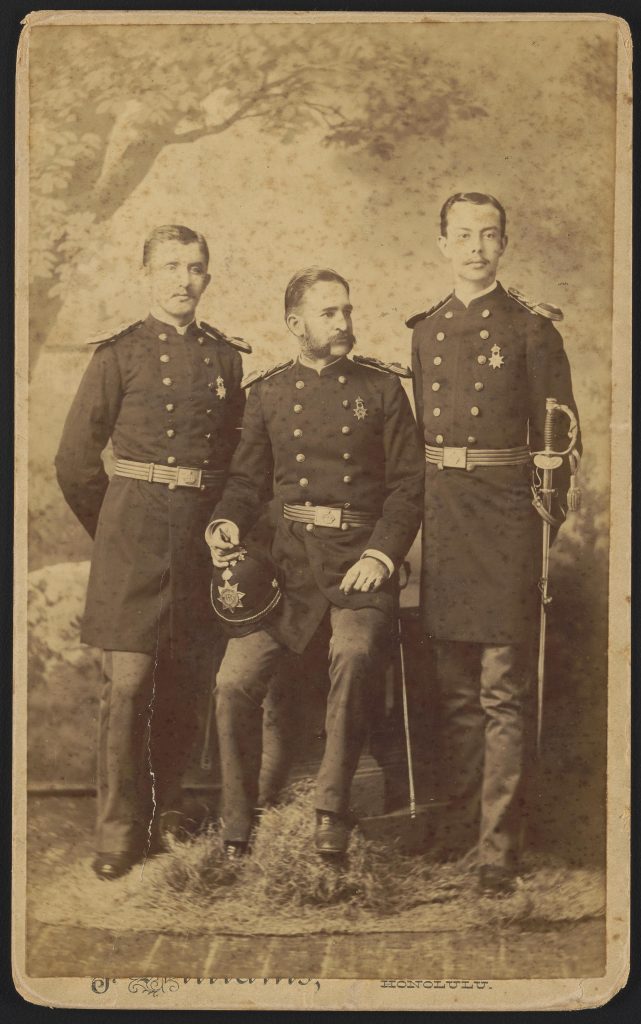

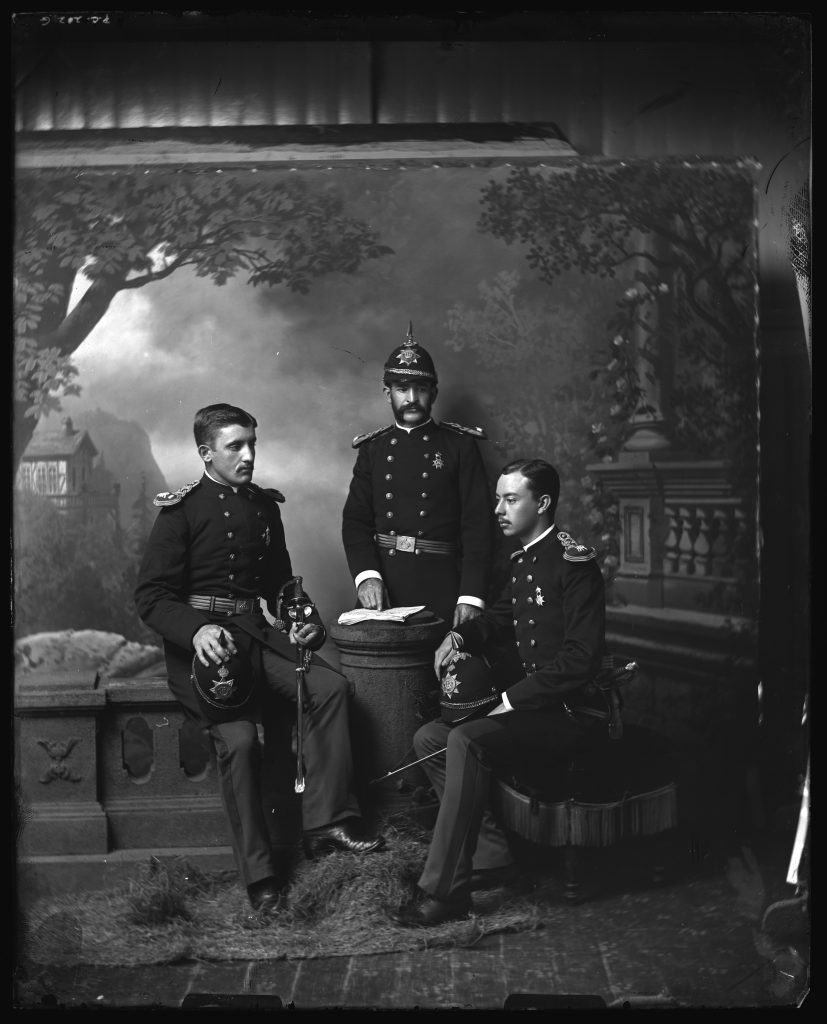
Company C

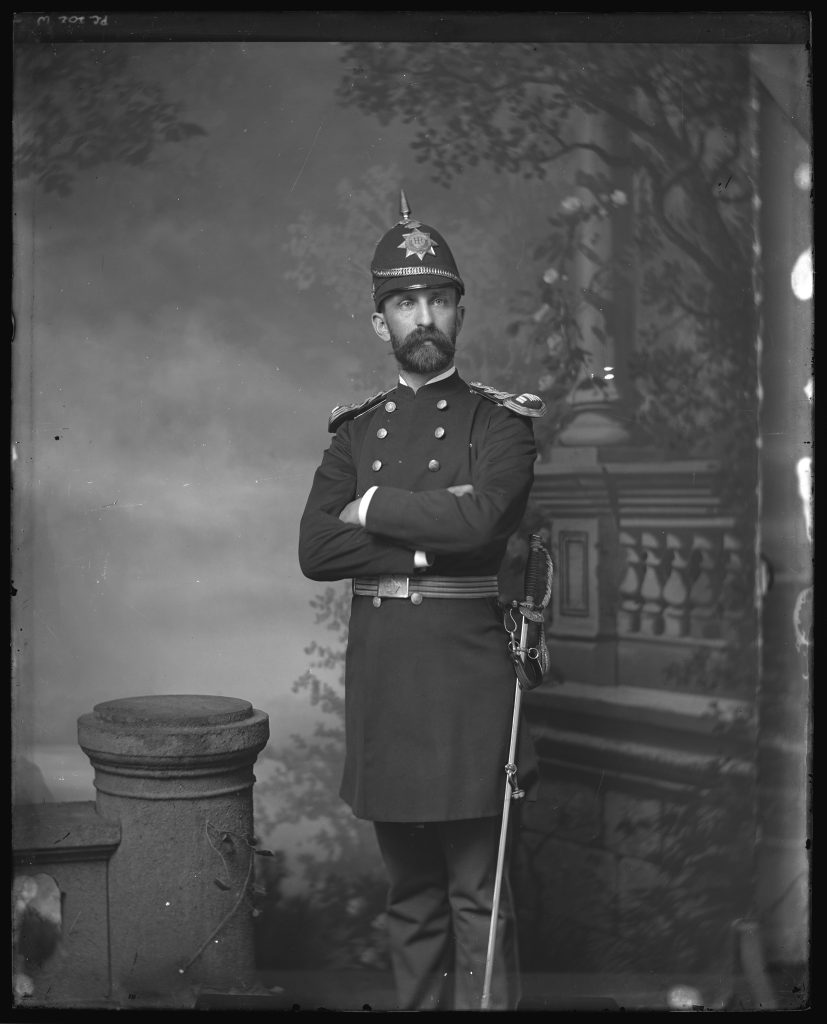

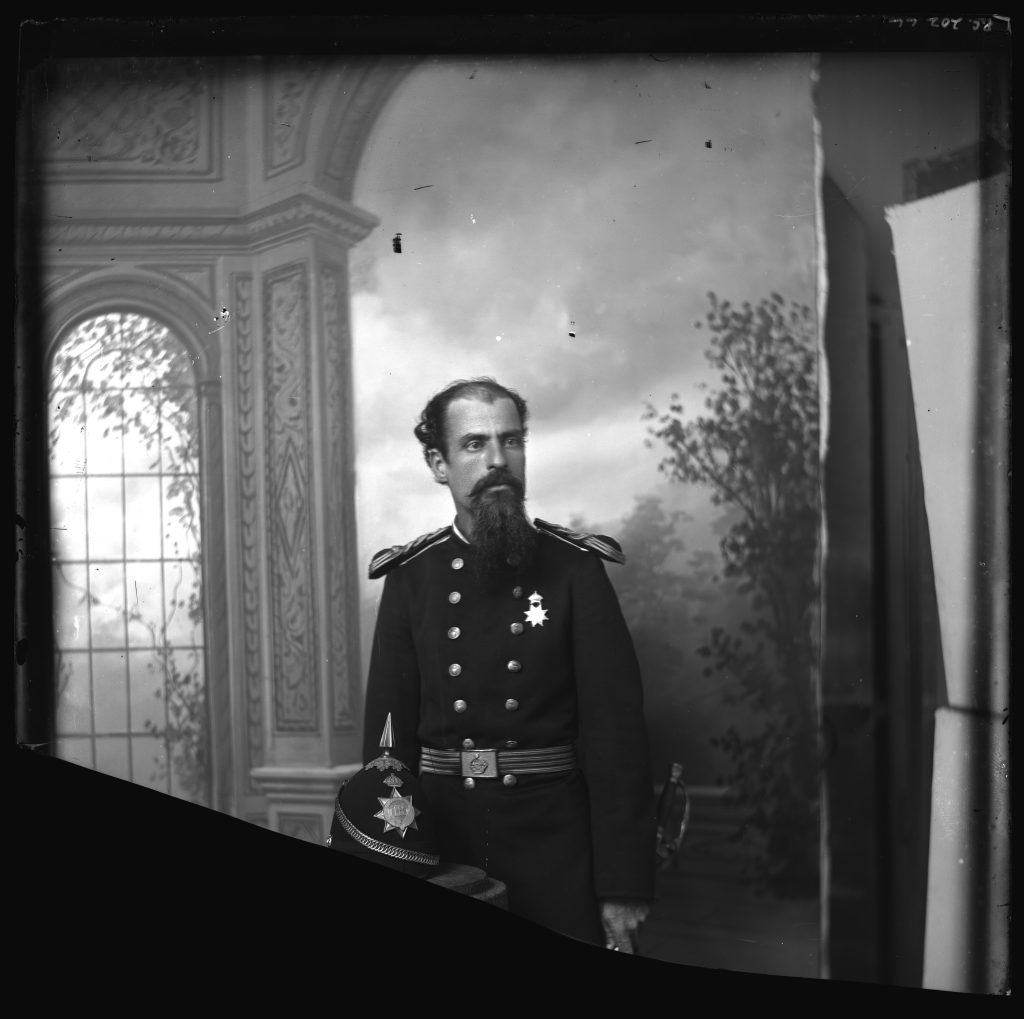
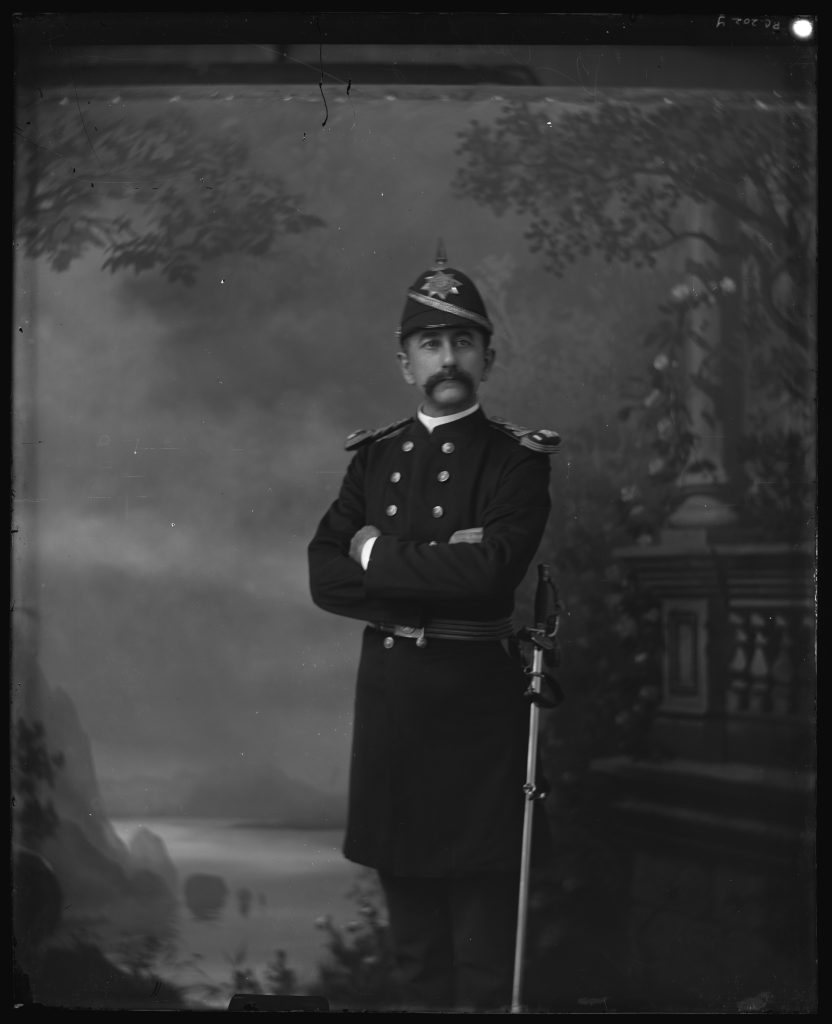
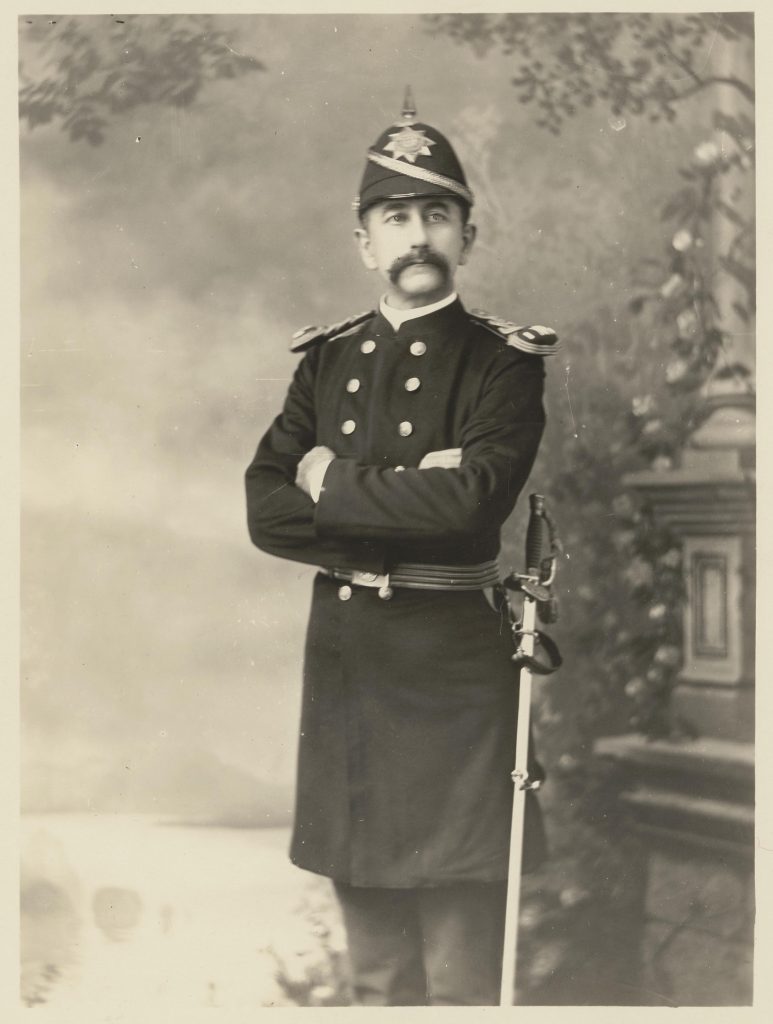
Company D
